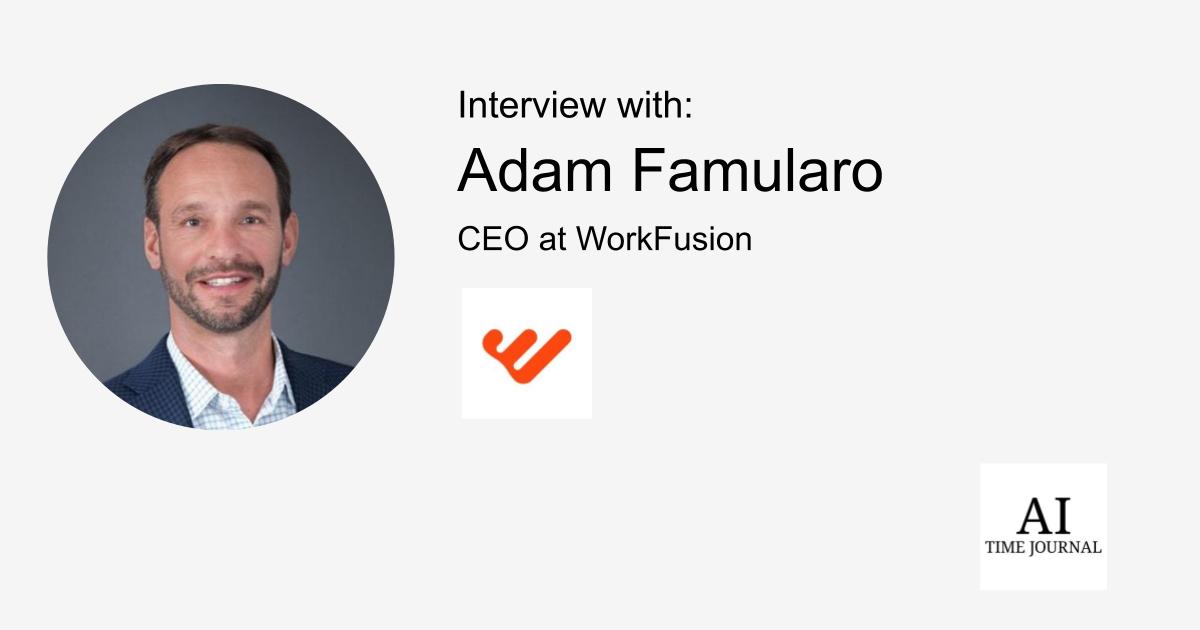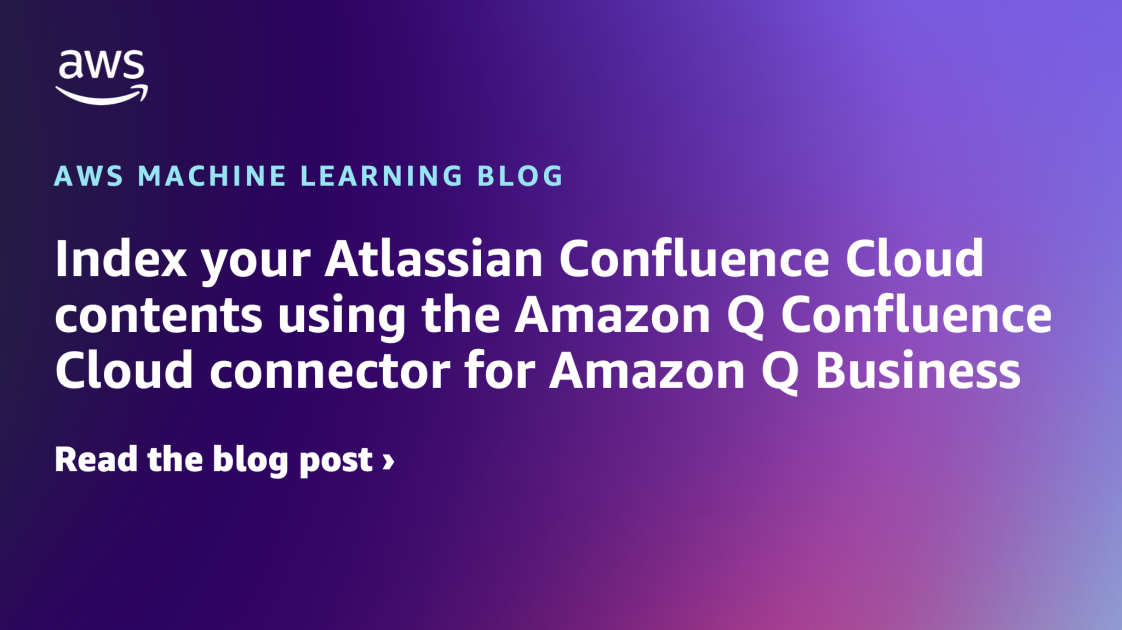In this interview, Adam Famularo, CEO at WorkFusion, delves into how his leadership background and focus on innovation have propelled the company’s pioneering role in AI Digital Workers. Adam discusses the impact of AI in combating financial crime, the integration of generative AI, and strategies for scaling in highly regulated sectors. He also provides a glimpse into the evolving landscape of AI agents in business and reflects on the balance between automation and human oversight. Read on to explore insights into the future of AI and its disruptive potential across industries.
WorkFusion pioneered AI Digital Workers in 2022, offering significant benefits to the banking and financial sectors. How did your experience at erwin Inc. and CA Technologies shape your approach to leading such innovations at WorkFusion?
My entire career has prepared me for this role. From my early days at CA Technologies learning how to be an entrepreneur within a large company to developing leadership skills and most importantly building a customer-centric company. erwin helped me take proven technology and surround it with other products to develop a new market around data governance. When I joined WorkFusion, the first thing I did was a deep dive with all of our customers to understand the value they saw in the product. What I learned was that our most successful customers adopted our technology as part of their working teams and had the software playing specific roles within their business. This was the driving force for the idea of our AI Digital Workers. I learned that several customers had given our automation human names – and one even had a cardboard cutout that they named, and we realized they were onto something. The largest majority of customer success was in fighting financial crimes so that is where we decided to start our new customer journey.
AI agents like Evelyn and Tara have been instrumental in financial crime compliance. Can you walk us through a specific case where these AI agents made a measurable impact on reducing financial crime for one of your clients?
Our AI Digital Workers were created to improve an organization’s AML regulatory compliance requirements by reducing manual work, enhancing quality, increasing speed, and expanding the overall capacity of the team.
The hard truth is organizations have struggled to find candidates to overcome inadequate employee headcounts and employee departures. Many of our financial services customers have struggled to find employees and keep employees, particularly at the L1 level. With AI Digital Workers, attrition and volume spikes have essentially zero impact on operations and analysts can spend 90% more time on more challenging (and more rewarding) work.
Here’s a specific example of how our AI agents helped an AML compliance team. There is a US bank that had been struggling in recent years to keep pace with the fast-moving world of real-time payments and, in particular, managing the growing volume of sanctions screening alerts received by the compliance analyst team. By mid-2022, with the Russian invasion of Ukraine, the bank’s Level 1 (L1) compliance analysts were finding it challenging to review, accurately disposition, and escalate alerts from the real-time payments screening tool. The analysts were so overworked that the bank experienced a 100% turnover of their staff – and their outsourcing of the work wasn’t helping. Their OFAC officer had to step in to do very remedial work. The team deployed an AI Digital Worker, Tara, to take over the workload. Having Tara deployed in a SaaS model was ideal because it allowed the bank to scale up and down on short notice – an important capability as the global sanctions environment continued to prove volatile. The bank also gained the ability to handle massive alert volumes without needing to purchase additional hardware or tax other data center resources.
The integration of GenAI into WorkFusion’s AI Digital Workers has elevated automation rates and reduced error risks. What challenges did you face in incorporating GenAI, and how did you overcome them to achieve these results?
One challenge we overcame was ensuring that the GenAI could handle unstructured data effectively while maintaining regulatory compliance and accuracy. We continually fine-tuned the models, through rigorous testing, to interpret complex financial patterns without increasing false positives.
The result? Our new GenAI capabilities increase automation rates up to 95 percent, reduce the risk of errors to nearly zero, and provide enhanced narratives to enable AML analysts to speed up time to decisions and provide a more detailed narrative to regulators.
McKinsey’s prediction of AI moving from knowledge-based tools to AI-enabled agents is becoming a reality at WorkFusion. In your view, what are the most critical next steps for the evolution of AI agents in business?
AI agent skills are advancing quickly! WorkFusion is proof positive of AI-enabled agents’ business value, having pioneered bringing AI agents to the enterprise in 2022. In my view, the next critical steps for their evolution will be enhancing their decision-making capabilities and integrating them across entire workflows. For instance, while our AI agents today excel at tasks like sanctions screening alert review, and adverse media monitoring, the future will see them autonomously handling more end-to-end processes, such as transaction monitoring investigations and the perpetual Know Your Customer process.
Our AI agents already demonstrate how GenAI can be elevated from a general tool to one that has a real impact on business operations, particularly for a regulated industry as risk-averse as financial services. GenAI is continuing to advance the development and execution of processes. It’s not just about smarter AI, but making it truly useful, trustworthy, and scalable for all business functions.
As AI continues to evolve, concerns about its potential limitations and risks persist. How does WorkFusion address these concerns, particularly when integrating GenAI into critical sectors like financial services?
Our customers are compliance officers within financial services. Needless to say, everything we do is about risk mitigation. GenAI is no exception.
When integrating GenAI into financial services, we are focused on ensuring security, compliance, and transparency. To mitigate risk while gaining value from LLMs, balance is needed. To do so, GenAI for operational processes must be orchestrated with other forms of AI, automation approaches, and people. Human oversight is key. Our AI agents don’t operate in isolation; they work alongside humans through a human-in-the-loop process that can help monitor and review the results.
With your extensive background in leading teams and delivering value for shareholders, what strategies do you believe are key to successfully scaling AI-driven solutions in complex, highly regulated industries?
Several key strategies for scaling AI-driven solutions within complex and highly regulated industries stand out. Building trust among stakeholders and ensuring effective monitoring and review requires AI systems to make their decision-making processes clear and understandable, with transparency and auditability being paramount. Collaboration with regulatory bodies is also crucial. Aligning AI capabilities with evolving regulations helps address regulatory concerns and compliance issues. Finally, a phased implementation approach is essential. Begin with small, high-impact use cases to prove the value of AI-driven solutions. For example, start with automating transaction monitoring for specific types of transactions to demonstrate effectiveness to your stakeholders. Once you’ve demonstrated the value, gradually scale the solution while integrating human oversight at key stages. This helps manage risks and maintain ethical standards as you expand.
WorkFusion’s AI agents operate in a complex, decision-centric environment, tackling financial crime compliance. How do you ensure the balance between automation efficiency and the human oversight required for ethical decision-making?
Human oversight is necessary to oversee the output generated by AI tools or machines that leverage AI. For example, Evelyn, one of WorkFusion’s flagship AI agents is the digital embodiment of a Sanctions & Adverse Media Screening Analyst. Evelyn is pre-trained as an expert in BSA/OFAC requirements and performs exceptional sanction watchlist screening, PEP and name sanctions screening, plus adverse media monitoring. “She” can automatically review and disposition alerts from various sanctions screening tools as well as search and analyze adverse news with great speed. Despite having both general knowledge and domain-specific expertise, Evelyn still requires humans to review her most critical findings – the identification of “true positive L1 alerts” that a financial institution needs to act upon to remain in compliance. Certainly, Evelyn is highly effective at automating the review and disposition of the overwhelming majority of alerts she receives from sanctions screening tools. However, her ability to collaborate with a real person via HITL (human in the loop) is necessary for 100% accurate alert adjudication and dispositioning. HITL remains a critical element of any successful AI structure to ensure AI remains accountable and effective.
As a member of Donorschoose.org’s National Advisory Council, you’ve demonstrated a passion for helping children succeed in the classroom. How does your work with AI and automation align with your philanthropic interests, particularly in fostering future generations of tech leaders?
My passion for education, helping kids succeed, and my work in AI, go hand in hand. Both create opportunities and inspire future generations. Being on the DonorsChoose.org National Advisory Council gives me a voice to help address today’s problems and set the stage for the future.
Through my work with cutting-edge technology, I aim to inspire young people to explore STEM fields. AI’s potential to drive innovation and solve real-world problems is a powerful tool that can spark their interest in tech careers, contributing to building a new generation of leaders.
As generative AI advances, there’s growing interest in its potential to reshape entire business processes. In what other areas beyond financial crime do you see AI agents making a disruptive impact in the near future?
Generative AI is making waves across a range of industries. Beyond financial crime, it is beginning to disrupt and transform healthcare, for example, by personalizing patient care. AI can analyze vast amounts of medical data, including patient histories and treatment outcomes, to tailor treatment plans more precisely to individual needs. This personalized approach could lead to better patient outcomes and more efficient use of resources. In diagnostics, GenAI could assist by analyzing medical images and lab results with greater accuracy and speed, helping to identify potential issues earlier and improve diagnostic precision. This can lead to faster and more accurate treatment interventions.
Looking ahead, what do you believe will be the most significant trends shaping the intersection of AI, automation, and business? How is WorkFusion positioning itself to stay at the forefront of these developments?
The intersection of AI, automation, and business will be shaped by trends like hyper-automation, AI-driven decision-making, and intelligent workflows. The adoption of AI will continue to accelerate, enabling businesses to achieve higher productivity and cost-efficiency.
WorkFusion is at the forefront by integrating AI Digital Workers into enterprise workflows, helping customers automate complex processes. Our focus on continuous innovation in machine learning, scalability, and compliance ensures we stay ahead of the curve and meet evolving business needs. We’re committed to enabling organizations to thrive in this new era of AI.



